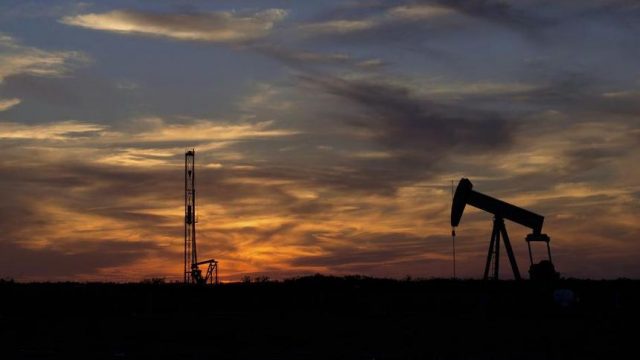North Dakota Oil Producers Helped Topple OPEC

OPEC, the global oil cartel which worked to fix prices for the benefit of its members, is dead.
So writes Pascal-Emanuel Gobry in The Week.
The group isn’t officially dead, but they’ve lost their ability to dominate the global oil markets. The reason? Shale oil, particularly here in the United States. Fracking has “massively expanded oil supplies,” Gobry writes. America now produces as much oil as Saudi Arabia, and America is not nor will it ever be a member of OPEC.
OPEC actually tried to smother American frackers to death by turning on their collective spigot, hoping the resulting low oil prices would drive the upstart shale oil producers out of the market.
It didn’t work.
[mks_pullquote align=”right” width=”300″ size=”24″ bg_color=”#ffffff” txt_color=”#000000″]”[W]hile many small producers suffered, the industry as a whole came out healthier and more flexible,” Gobry writes.[/mks_pullquote]
The low prices just helped the frackers figure out how to get better at fracking, driving down their own cost of production. “[W]hile many small producers suffered, the industry as a whole came out healthier and more flexible,” Gobry writes. “And now, as an industry, shale oil is a ‘tails I win, heads you lose’ proposition: If prices are low, they benefit because their oil is cheaper to produce; if prices are high, they benefit because they make more money and can invest in more shale wells.”
North Dakota is part of this trend. The break-even price for crude production in our state in the first quarter of 2017 was $24 per barrel. That’s a figure roughly cut in half from even just a few years ago during the peaks of the oil boom.
Completing the Dakota Access Pipeline is a big part of that. So was lifting the restrictions on domestic oil producers shipping their product to global markets.
Some analysts are a little skeptical of that number, wondering why there isn’t more activity in the state if there’s that much of a price advantage, but the explanation may be global supplies. There’s a lot of oil on the market, and North Dakota wells are still very productive. In fact, production hasn’t dropped off all that much from the peak of the oil boom.
The all-time record for daily oil production was more than 1.2 million barrels per day in December 2015. In March of 2017, according to the most recent report from the Department of Mineral Resources, daily production was over 1.025 million barrels per day.
The state is seeing a moderate return in oil activity. Rig couts have been edging up as daily oil production remains stable:
The drop in the cost of bringing a North Dakota well online probably isn’t going to spur another boom. The oil markets today are in a much different place than they were in, say, 2012 or 2013.
But the drop in cost will, and has already, mean a moderate increase in drilling activity and maintained production levels for years to come.
That’s good news for the state’s economy, and bad news for the American oil industry’s foreign competitors.




